The BS&T Lab supports research activities related to the development of innovative building technologies and intelligent buildings, capable of adapting and responding to user needs in terms of comfort and safety, taking into account economic and environmental aspects throughout the life cycle.
It is organised into 4 macro-areas of activity:
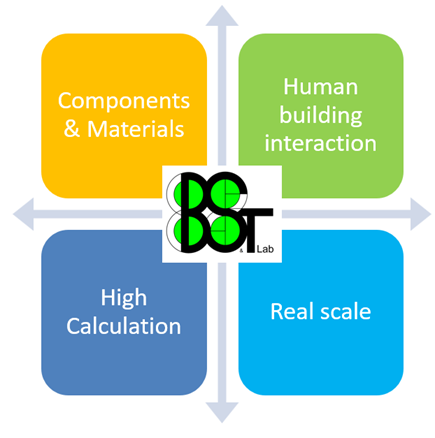
In the laboratory, activities are carried out to develop new building technologies and to evaluate the performance of building materials and components at different levels: e.g. thermo-hygrometric performance in stationary or dynamic conditions, durability and development of degradation processes in controlled conditions of accelerated aging (thermal stress, UV, salt spray, biological growth, etc…), color analysis, air permeability analysis of rooms and ventilated envelope components.
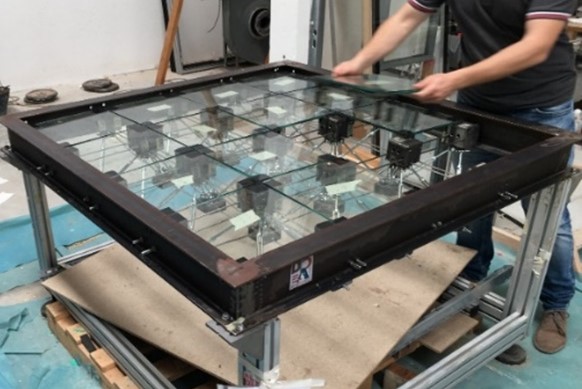
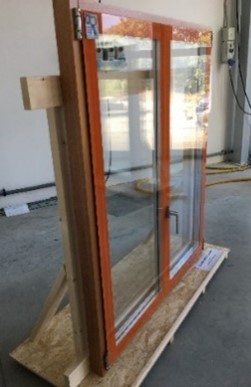

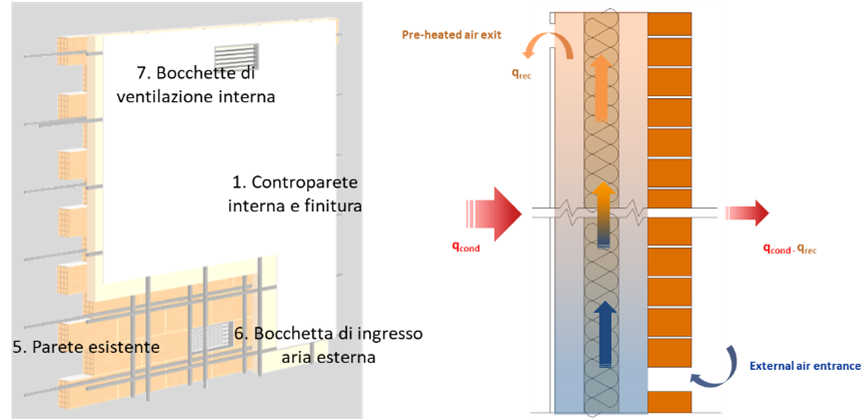

The activity of the laboratory has led to the development of several technologies, e.g.: active “moisture buffering” systems, dynamic filtering insulators, adaptive ventilated walls, self-repairing waterproofing membranes, innovative reinforcement and conservation technologies applied to the Cultural Heritage, “invisible” frame windows, structural glass beams. Several designed solutions have been patented.
The human-building interaction analysis Laboratory deals with experiments for the evaluation of parameters related to the built environment and to the human behavior, carried out in physical and virtual settings. The areas of application concern the optimization of safety, comfort, well-being, work efficiency, use and management in the built environment.
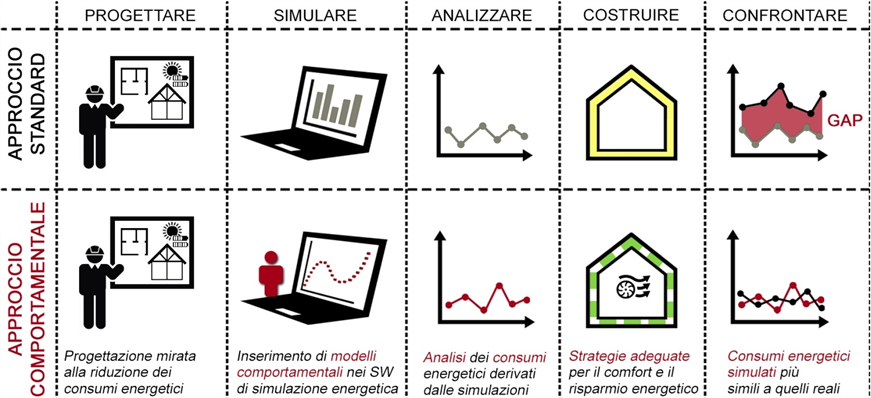


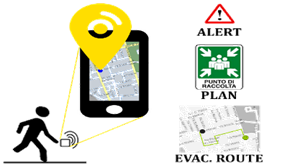
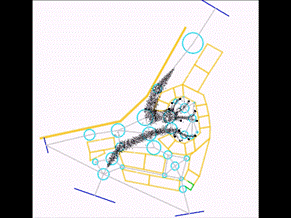
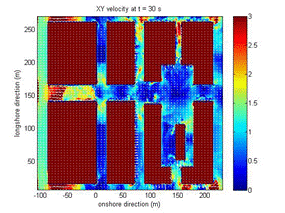
The experimental activities on test buildings are carried out with the aim of evaluating the performance of different building components (e.g. walls, roofs) in real environmental conditions. The evaluated performances mainly concern thermal, hygroscopic and energy quantities.
The computer center is used for high-efficiency simulation activities and the application of Artificial Intelligence in areas such as: assessment of environmental and economic performance in the life cycle of buildings, parametric calculation of the dynamic energy performance of buildings, urban microclimate assessment.
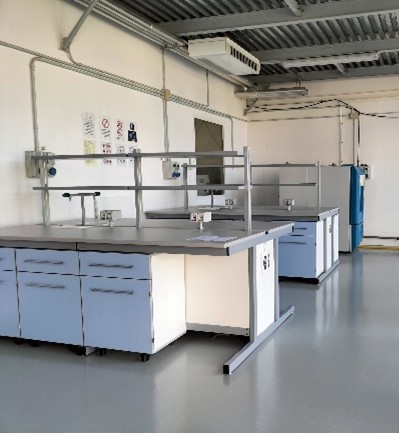
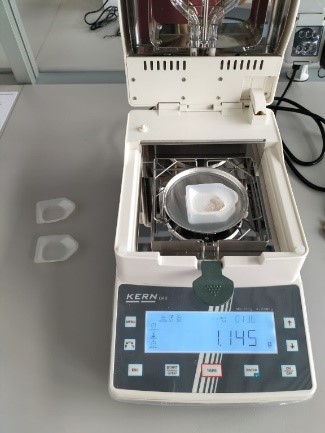
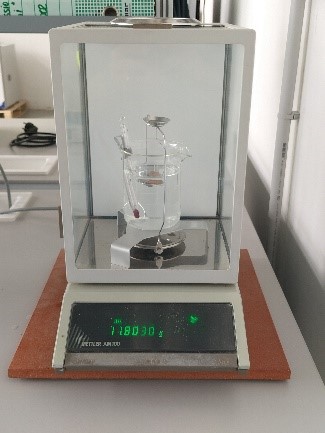
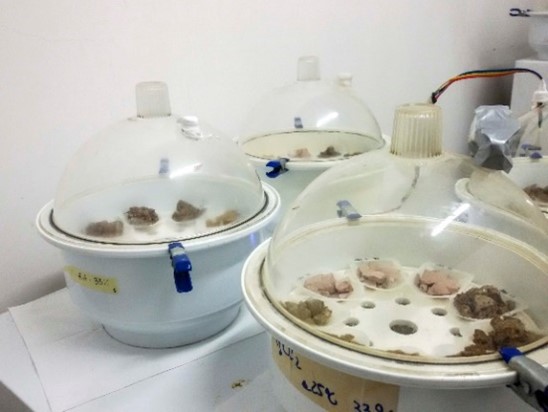

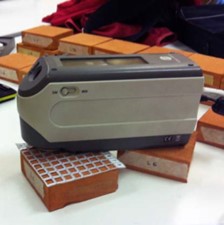
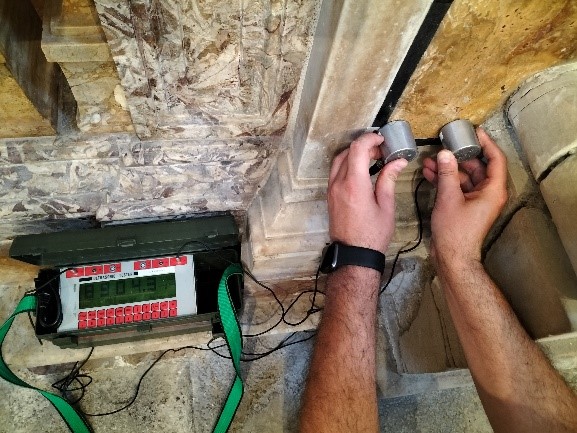

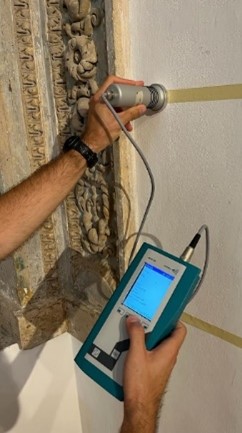

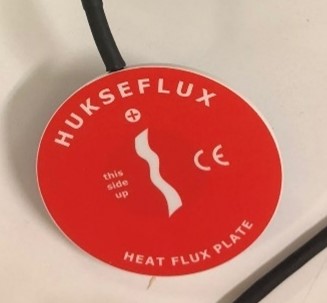
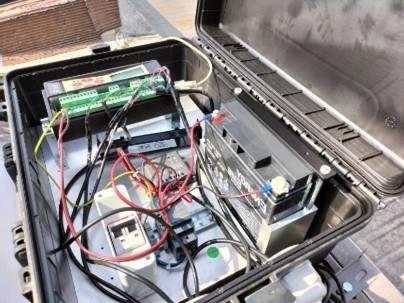
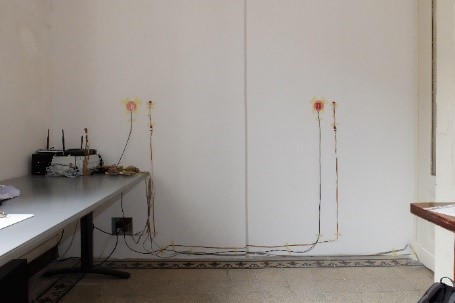
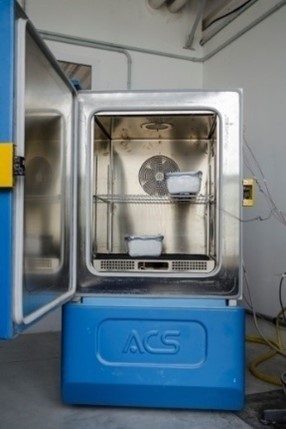
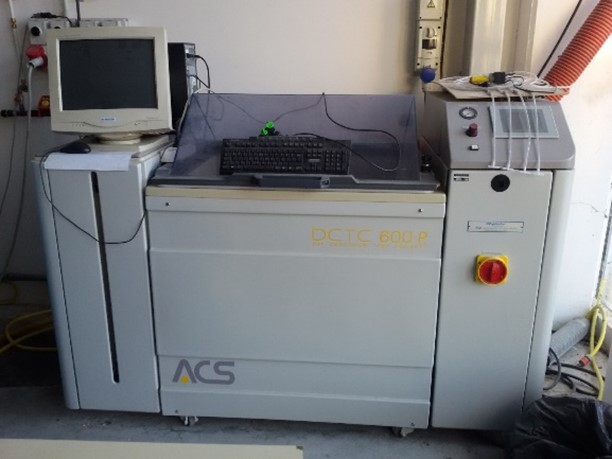
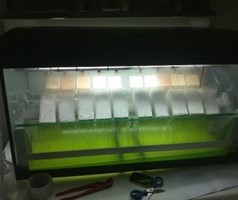
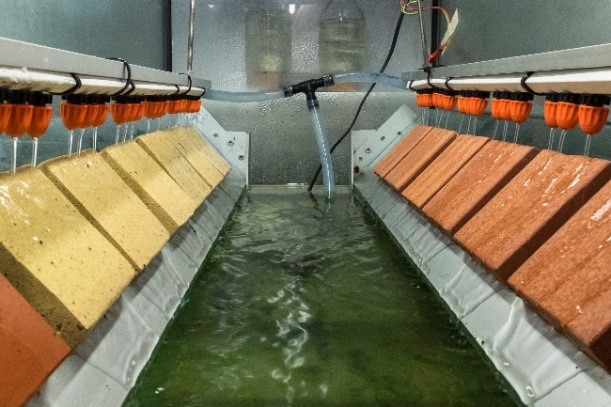
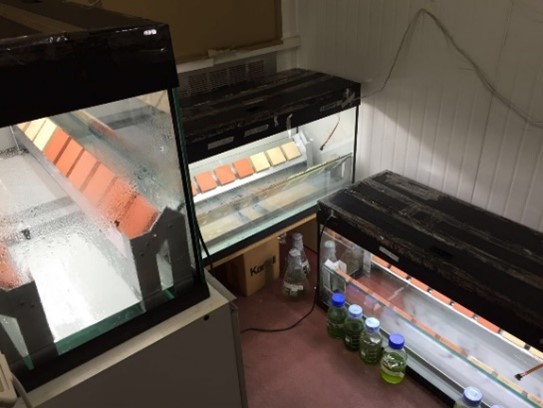
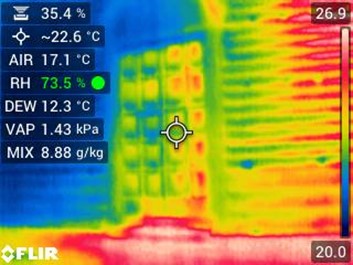
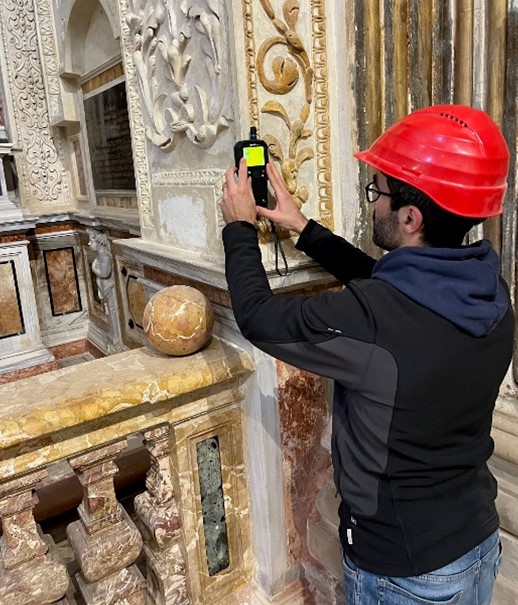
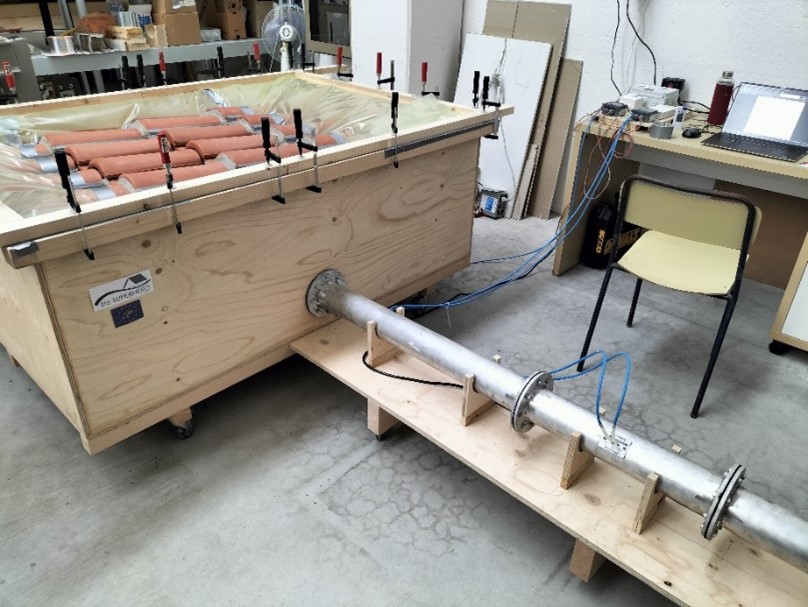
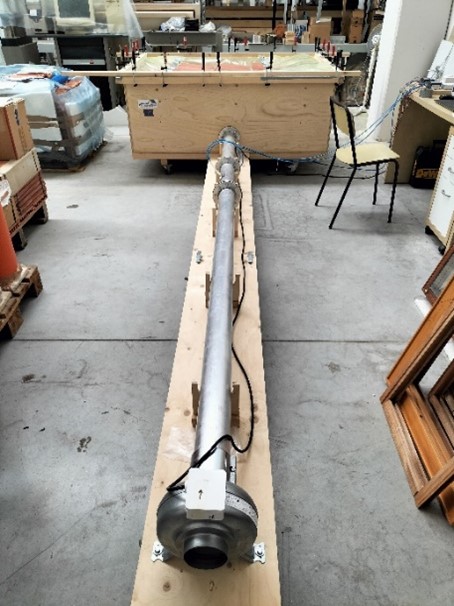
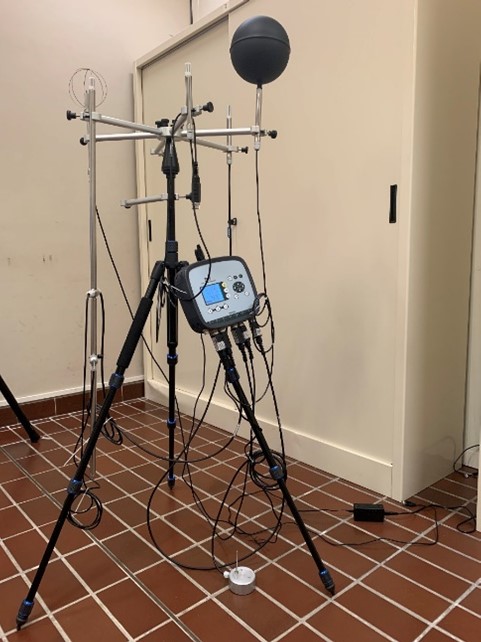
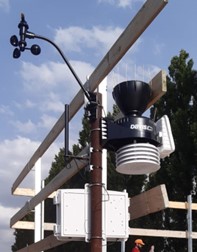
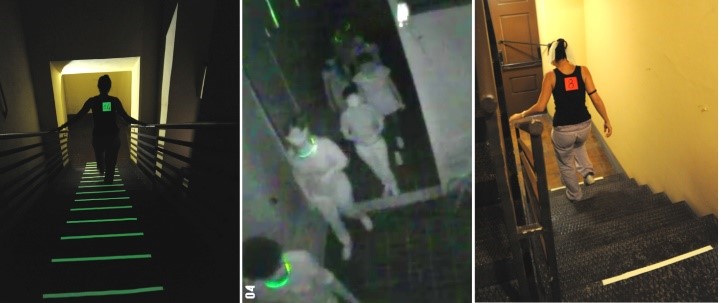
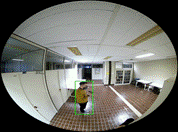


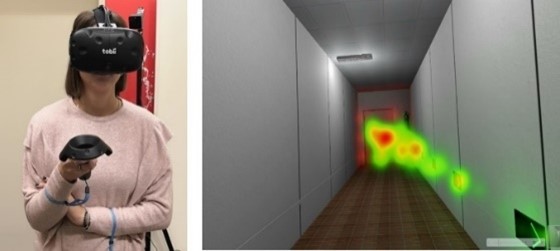
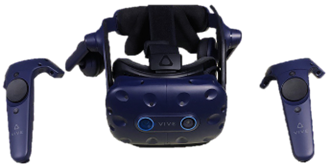
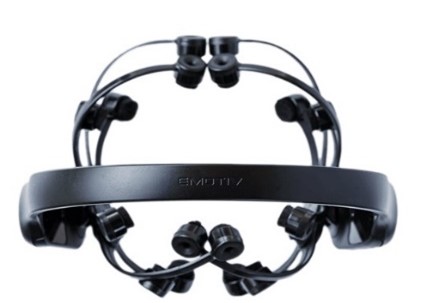
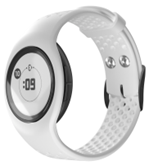
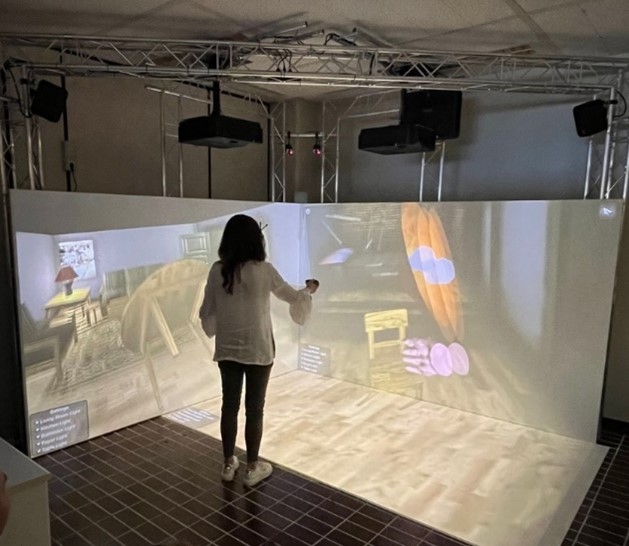




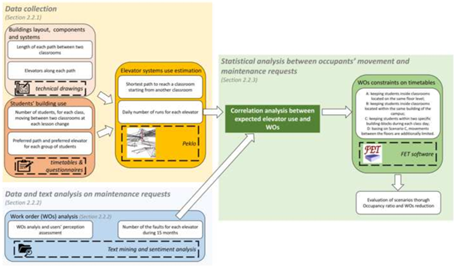
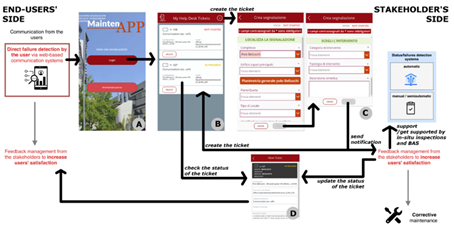

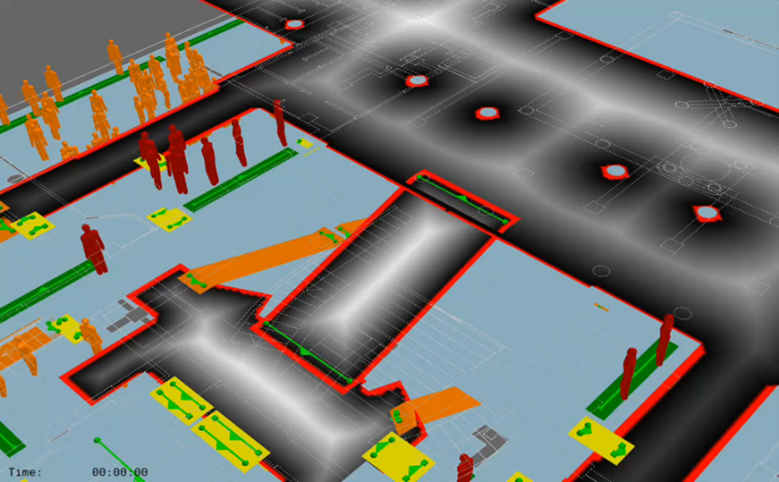
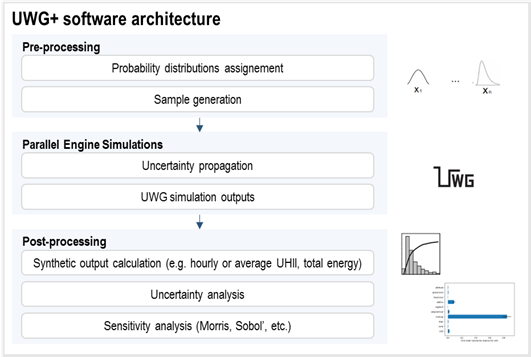
Prof. Elisa Di Giuseppe (scientific director)
Prof. Francesco Monni (head of the laboratory)
